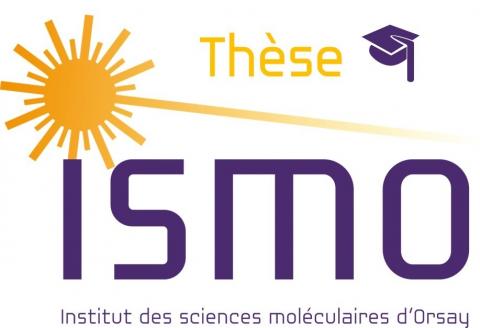
Soutenance de thèse de Peng Pan
Soutenance de thèse de Peng Pan
Fast Atom Diffraction at Crystal Surfaces, the Role of Attractive Forces
We investigate grazing incidence fast atom diffraction at crystal surface (GIFAD). So far only the elastic diffraction of these keV atoms has been analyzed in detail. By comparison with quantum scattering calculations, the elastic diffraction provides a precise description of the potential energy landscape above the surface. Starting from this description with Helium and Neon, we developed models to understand and exploit inelastic diffraction. We show that the inelastic diffraction which dominates for heavier atomic probes such as Argon, and Krypton is also able to provide a sensitive description of the potential energy landscape.
This holds in particular for the depth of the physisorption well which is still difficult to calculate ab initio. Our models allow an evaluation of the surface temperature and of the specific Debye-Waller factor adapted to the multiple scattering regime of the grazing incidence geometry.
Contact pour demander le lien :
http://www.ismo.universite-paris-saclay.fr/spip.php?article2686
Soutenance de thèse de Peng Pan
Fast Atom Diffraction at Crystal Surfaces, the Role of Attractive Forces
We investigate grazing incidence fast atom diffraction at crystal surface (GIFAD). So far only the elastic diffraction of these keV atoms has been analyzed in detail. By comparison with quantum scattering calculations, the elastic diffraction provides a precise description of the potential energy landscape above the surface. Starting from this description with Helium and Neon, we developed models to understand and exploit inelastic diffraction. We show that the inelastic diffraction which dominates for heavier atomic probes such as Argon, and Krypton is also able to provide a sensitive description of the potential energy landscape.
This holds in particular for the depth of the physisorption well which is still difficult to calculate ab initio. Our models allow an evaluation of the surface temperature and of the specific Debye-Waller factor adapted to the multiple scattering regime of the grazing incidence geometry.
Contact pour demander le lien :
http://www.ismo.universite-paris-saclay.fr/spip.php?article2686
